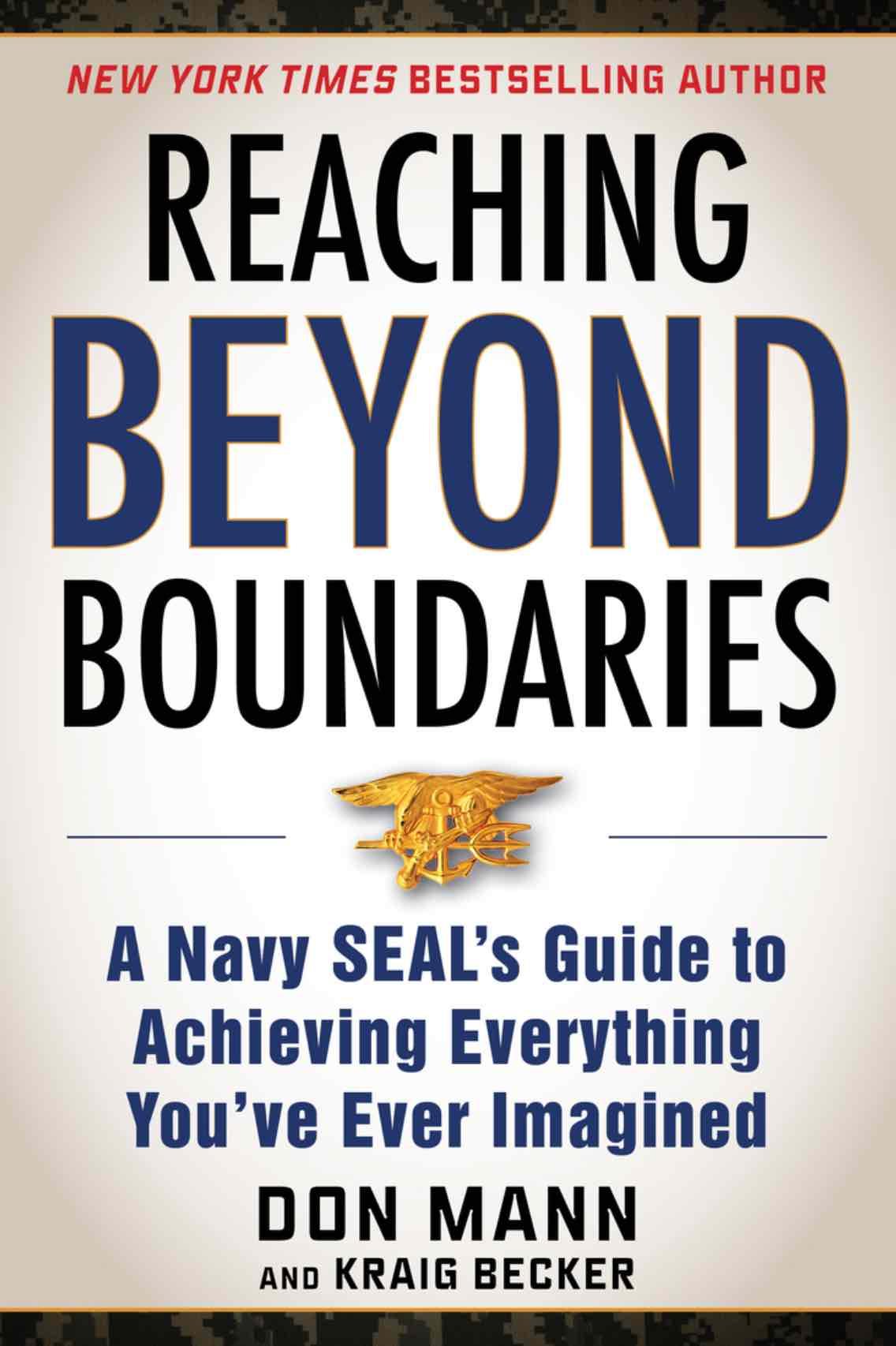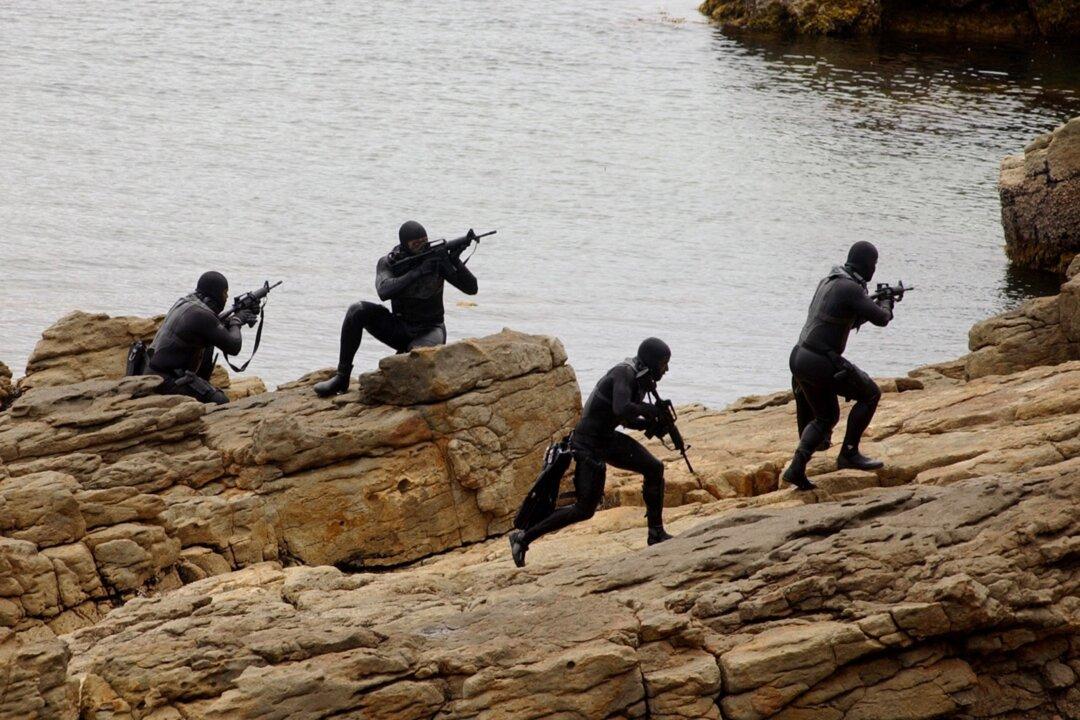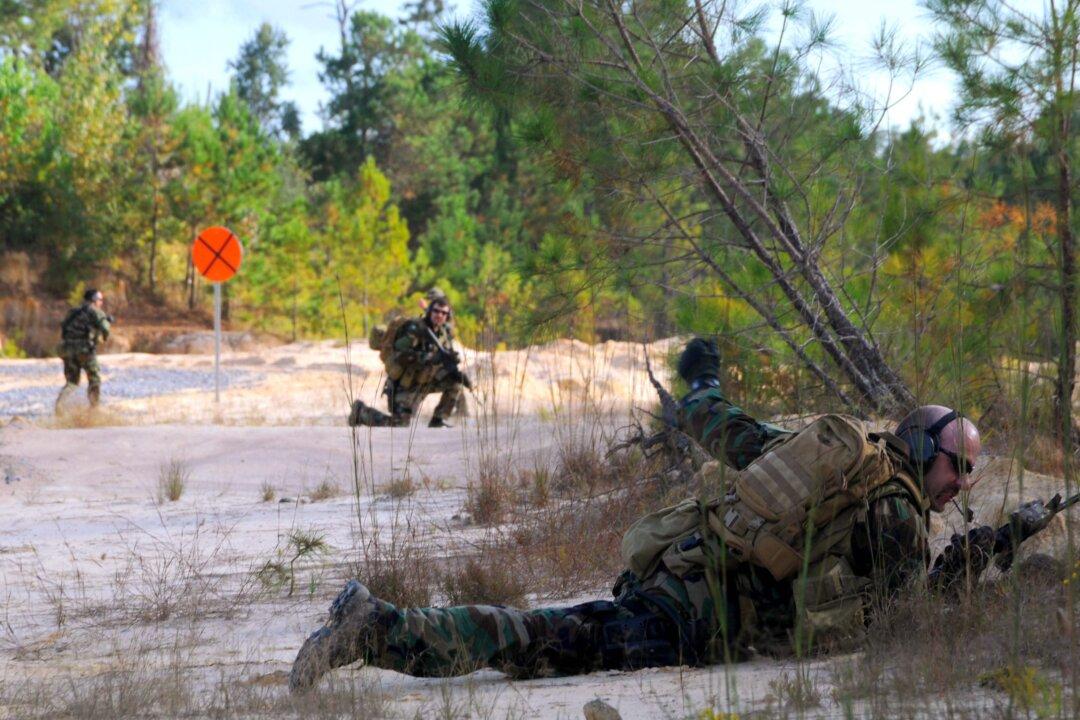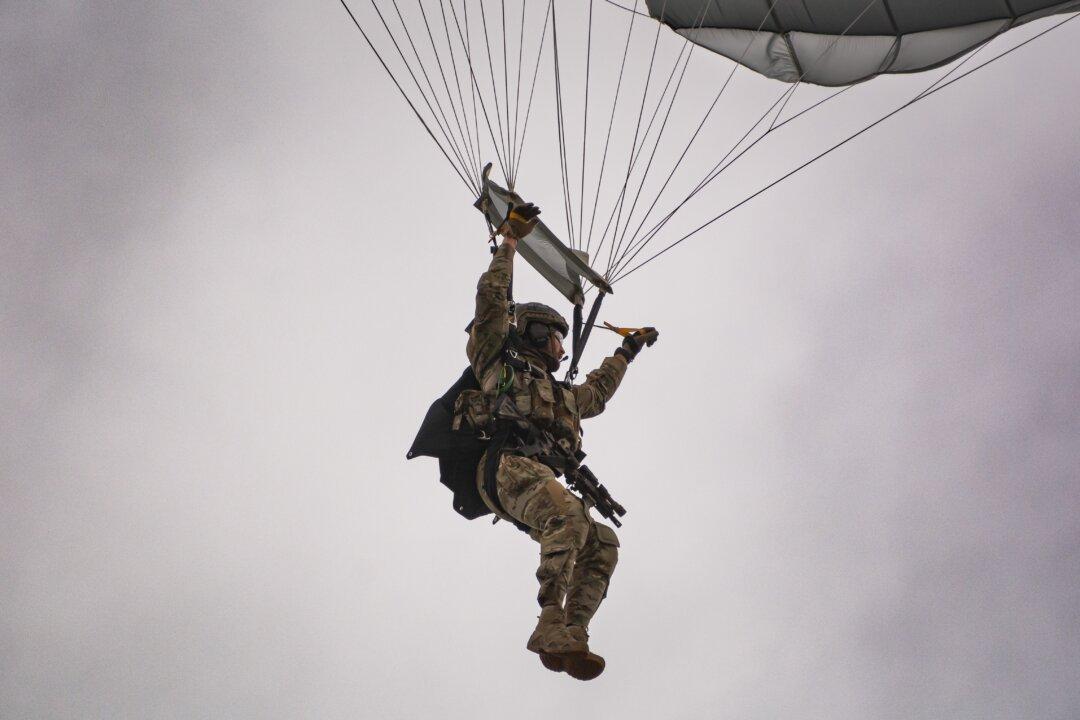“Success is not final; failure is not fatal: It is the courage to continue that counts.”—Winston Churchill
Two of the most important qualities that a successful person can have are perseverance and the ability to learn from their mistakes. No one who has ever achieved any measure of success in their chosen field has done so without facing failure along the way. But it isn’t the fact that they stumbled in the pursuit of their goals that is important. Instead it is how they reacted to those setbacks that eventually defines their story.
It’s been said that Thomas Edison made more than a thousand iterations of the lightbulb before he finally hit on a design that actually worked. Similarly, Abraham Lincoln lost eight elections and oversaw two failed businesses before going on to become one of the greatest presidents in American history. Even basketball great Michael Jordan was cut from his high school team as a sophomore.
Of course, Edison, Lincoln, and Jordan all went on to achieve great things in their chosen fields, and while their career paths were very different from one another, they shared some key traits that played a role in their success. Each of them worked extremely hard and displayed a tenacity and resiliency that would allow them to overcome adversity. They also continued to learn new things throughout their professional lives, including how to take the lessons of failure and use that knowledge to further fuel their ambitions.
The fear of failure is a major stumbling block that often prevents people from achieving their full potential. For some, the mere thought of not achieving their goals is so paralyzing that they may not even risk trying at all. Others will face a significant setback for the first time and end up abandoning their plans altogether. But in reality, those setbacks can be great learning opportunities that set us on the appropriate path to get to where we want to go. They can also go a long way towards teaching us about our own boundaries—both mental and physical—and how to push beyond them.
In my case, after accomplishing any macro-goal that I set for myself, I tend to immediately begin looking for an even more challenging goal to go after next. My first macro-goal was to run a marathon, non-stop, without walking. This was a very daunting challenge since I was not yet a runner and didn’t understand the commitment and dedication that went into proper training. I ran for less than three months before the Boston Marathon; that was all the running I had ever done in my entire life.
Once I had finished that race, I made a new macro-goal, to compete in a second marathon, within thirty days and to run it at least ten minutes faster, which I managed to accomplish as well. After every macro-goal was achieved the next macro-goal was even more challenging, pushing me to go faster or longer distances. Before long I grew into a very serious and competitive runner with times in the sub-2:50 range.
The list of macro-goals I have set for myself in life to date include:
After competing in over one thousand endurance competitions, including marathons, ultramarathons, bike races, kayak races, and triathlons, I went in search of another challenge and found it in the form of a “Double Ironman.” As the name implies, all of the distances in the event are double that of a standard Ironman, requiring competitors to swim 4.8 miles, ride 224 miles, and run 52.4 miles. For me, that seemed like the next logical step in my evolution as an ultra-distance endurance athlete. Since I was able to finish an Ironman in less than twelve hours, I should be able to complete two Ironman races in less than a day, right? It seemed so logical to me at the time. I simply downgraded the Ironman to micro-goal status and made my new macro-goal to finish two Ironman races in a single day.
My Double Ironman experience didn’t go quite as expected, although I would learn a lot about myself and my personal boundaries along the way. My training for the event went as planned, and while it was tough, I enjoyed the physical and mental challenges that came with longer distances. On race day, I took off as usual, and completed the first two stages at a fairly good pace. Transitioning from the swim to the bike went about as well as could be expected, and eventually I set out on the 52.4 mile run.
After the first twenty-six miles were complete, I thought to myself, only one more marathon to go, It wasn’t many years before this that the marathon was the macro-goal, but this time out it was just one piece of a much bigger race. But thirty-two miles into the run things started to go bad. I felt beyond exhausted and completely sapped of energy. My legs and feet were crying out in pain and I was nearing my physical limits. My body began to break down from the demand that I had placed on it. I wasn’t sure how much more I could take, but at the same time I was not about to quit either. I hadn’t just hit the proverbial wall but had instead smashed right through it. In the parlance of endurance racers, I had “bonked,” and bonked badly.
Bonking occurs when an athlete pushes him or herself so hard that it causes an almost total depletion of the glycogen stores in their body. When humans eat carbohydrates, they are typically converted into glycogen, which is then stored for use when we need a burst of energy. When that happens, glycogen is broken down and released into the bloodstream in the form of glucose, which serves as a source of fuel for our cells. During regular workouts and athletic competitions, our bodies tap into our glycogen reserves to provide the energy we need to push ourselves. But if we push too far, we may use up all of the glycogen we have in our bodies, leaving us feeling miserable and completely spent.
As my body began shutting down, I recognized the all-too-familiar signs and symptoms. First I started to see white spots or “stars,” which is attributable to a lack of oxygen. Then I began to dry heave, hacking up green bile, while also experiencing double vision. It felt as though I was coughing up a rib. It was very painful. I stumbled onto the grass, fell down, and lost consciousness. When I came to, I felt disoriented and exhausted and couldn’t understand why I was sleeping outside on the ground. As I watched other runners and cyclists passing me by, my brain struggled to comprehend what had happened. I was dazed and confused and couldn’t make sense of the scene that was taking place around me.
It took some time to process the situation and determine exactly how I came to be lying face down on the grass. Eventually it struck me however; completely tapped out of energy, I had collapsed and had literally hit my physical limits. My body simply shut down. It was the only defense mechanism it had for giving me the break that I sorely needed.
Slowly but surely, I crawled back to my feet, even as every muscle in my body protested. I mustered up as much energy as I could and managed to resume running. My body wanted to stop but my mind kept telling me I hadn’t finished what I had set out to do just yet. With that thought in my head I pressed on, dragging myself over the final twenty miles of the course until I reached the finish line.
Although I had reached my goal of finishing the Double Ironman, I couldn’t help but feel a little disappointed. My performance during the race did not meet the expectations I had set for myself and I even collapsed and lost consciousness during the run. All things considered, it was hard to add that accomplishment to the “win” column.
But, I learned some very important lessons along the way. For instance, while my body might have given up, my mind hadn’t. It remained strong, focused, and as determined as ever to finish the race. It was through sheer strength of will that I was able to get up off the ground and continue running the final stage of the event. This was a sharp reminder of the importance of having the right mindset and that remaining mentally tough was at least as important as being physically fit.
I had also learned that I could push my body to its absolute limits and if it needed a break, it would do me a favor and simply shut down for a while. If I was conscious, I could continue putting one foot in front of the other, no matter how painful it might be. But if that pain became too severe, I’d pass out and get some much-needed rest. It wasn’t necessarily the ideal way to power my way through an endurance competition, but it was helpful to know that if need be, I could literally will myself to the finish the line.
Every one of us has a point where his or her body will fail, but we all are capable of making our minds stronger each and every day.
(To be continued...) This excerpt is taken from “Reaching Beyond Boundaries: A Navy SEAL’s Guide to Achieving Everything You’ve Ever Imagined” by Don Mann and Kraig Becker.
To read other articles of this book, click here.
To buy this book, click here.
This excerpt is taken from “Reaching Beyond Boundaries: A Navy SEAL’s Guide to Achieving Everything You’ve Ever Imagined” by Don Mann and Kraig Becker.
To read other articles of this book, click here.
To buy this book, click here.
The Epoch Times copyright © 2023. The views and opinions expressed are those of the authors. They are meant for general informational purposes only and should not be construed or interpreted as a recommendation or solicitation. The Epoch Times does not provide investment, tax, legal, financial planning, estate planning, or any other personal finance advice. The Epoch Times holds no liability for the accuracy or timeliness of the information provided.






